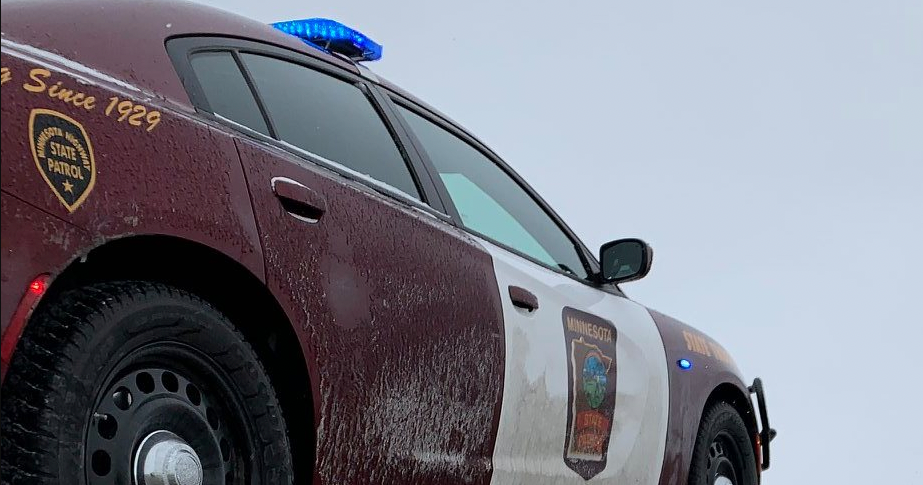Maui wildfire conditions recall those of history's deadly infernos in Minnesota and Midwest
MINNEAPOLIS -- It could take many days before Maui wildfire's devastating death toll to be determined, but it has already been confirmed as at least the fifth-deadliest in U.S. history.
As Esme Murphy explored in Talking Points, the fire has brought to mind the 2011 wildfire in the Boundary Waters. It also brings renewed focus to wildfires and the devastation they can cause closer to home.
RELATED: How to help those affected by the Maui wildfires
In fact, more than a century ago, four of the five deadliest fires in American history occurred in the Midwest, including two in Minnesota.
Professor Lee Frelich, a forest fire expert from the University of Minnesota, says the deadliest wildfires all share a distinct similarity with Maui's fire: High wind speeds.
"It's hard to overestimate the impact of a 60 or 70 mph wind on the intensity of the fire," he told WCCO on Monday. "It's unimaginable. And it can move so fast in those conditions, and it can blow big chunks of flame hundreds of feet or even miles in front of the flaming fronts."
Here's a look at the top four wildfires in U.S. history.
1871 Peshtigo Fire, Wisconsin
1,152 killed
The most devastating wildfire in American history began on Oct. 8, 1871.
According to historical records and accounts from survivors, railroad workers were clearing land for tracks when they started a brush fire that soon turned into an "inferno."
Due to a usually dry summer and strong winds, the fire moved fast and ended up burning over 1.2 million acres. Sixteen other towns were burned, but Peshtigo's damage was the worst - gone in an hour. There were 800 fatalities in Peshtigo alone.
The Great Chicago Fire - which was not a wildfire - actually started on the same day, and ended up killing more than 300 people and leaving 100,000 homeless.
1918 Cloquet & Moose Lake Fires, Minnesota & Wisconsin
453 killed
A spark from a train ignited a fire near Cloquet on Oct. 10, 1918, that later spread rapidly due to gusty winds and significant drought conditions.
Wind speeds reached as high as 76 mph at one point during the fire.
The fire impacted Moose Lake, Cloquet, and Kettle River the hardest, burning 38 communities and 250,000 acres. It was not just a single fire, but numerous fires spread throughout northeastern Minnesota, also affecting far western Wisconsin.
Along with at least 453 lives lost, over 52,000 people were either injured or displaced.
1894 Great Hinckley Fire, Minnesota
418 killed
The Great Hinckley Fire started on Sept. 1, 1894 just like the aforementioned fires: Amid extremely dry and windy conditions.
Small scattered fires were turned into raging fires as wind speeds climbed.
According to Hinckley historians, the fire left a "path of death and destruction too horrible to believe." Historians believe the lumber industry in the city was a factor in the fire, with winds spreading sawdust and logs providing fuel.
Some found refuge in potato fields, water holes, or a big gravel pit, but many perished. The official death toll was 418, though the actual number of fatalities was likely much higher, according to the National Weather Service. It wasn't until four years later that the last victim of the fire was found.
About 350,000 acres were burned, which is more than 400 square miles.
1881 Thumb Fire, Michigan
282 killed
Ten years after a fire ravaged Michigan's thumb, another fire began on Sept. 5, 1881, that would end up being far worse.
The population of the area was denser than the decade before. Plus, the previous fire had deadened the green timber and "prepared the way for a more terrible calamity," according to the University of Michigan.
Like the Hinckley fire, lumbering practices were said to be a factor in the fire. Other familiar culprits - strong winds and extremely dry conditions - were also present.
The massive blaze traveled through Sanilac County for four hours, killing at least 282 people, though the actual number may have been more than 300. Additionally, 14,000 people were displaced.



